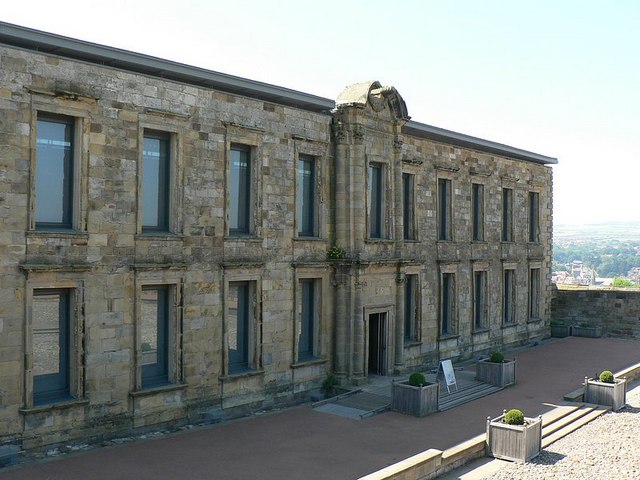Cholmley House on:
[Wikipedia]
[Google]
[Amazon]
 Cholmley House or Whitby Hall is a
Cholmley House or Whitby Hall is a
George Young, ''A picture of Whitby and its environs'', 1824
*http://www.timetravel-britain.com/articles/towns/whitby.shtml
 Cholmley House or Whitby Hall is a
Cholmley House or Whitby Hall is a banqueting house
In English architecture, mainly from the Tudor period onwards, a banqueting house is a separate pavilion-like building reached through the gardens from the main residence, whose use is purely for entertaining, especially eating. Or it may be b ...
sited next to the ruins of Whitby Abbey
Whitby Abbey was a 7th-century Christian monastery that later became a Benedictine abbey. The abbey church was situated overlooking the North Sea on the East Cliff above Whitby in North Yorkshire, England, a centre of the medieval Northumbrian ...
in North Yorkshire
North Yorkshire is the largest ceremonial counties of England, ceremonial county (lieutenancy area) in England, covering an area of . Around 40% of the county is covered by National parks of the United Kingdom, national parks, including most of ...
, England. It was built in 1672 by Sir Hugh Cholmeley, whose family had acquired the Abbey ruins and the land around them after its dissolution
Dissolution may refer to:
Arts and entertainment Books
* ''Dissolution'' (''Forgotten Realms'' novel), a 2002 fantasy novel by Richard Lee Byers
* ''Dissolution'' (Sansom novel), a 2003 historical novel by C. J. Sansom Music
* Dissolution, in mu ...
in 1539 - from then until 1672, the family had lived in what had been the Abbey's gatehouse and guest lodgings. It was originally built with a square forecourt in front of it, now known as the Stone Garden - this contains a replica of the Borghese Gladiator
The ''Borghese Gladiator'' is a Hellenistic life-size marble sculpture portraying a swordsman, created at Ephesus about 100 BC, now on display at the Louvre.
Sculptor
The sculpture is signed on the pedestal by Agasias, son of Dositheus, who i ...
, another replica of which was owned by the builder of the house.
In 1743 the family succeeded to the Wentworth estates and moved its main base to Howsham Hall, leaving Cholmley House deserted. The north front lost its roof in a storm in 1790, leading to the demolition of the north front. Only the main hall remained and even this fell into decay before coming into the possession of the Strickland family, who fitted bracing arches in 1866 to secure its walls. These arches were replaced after the Ministry of Works took over the house and abbey ruins in 1936, before it was transferred to the Ministry's successor English Heritage
English Heritage (officially the English Heritage Trust) is a charity that manages over 400 historic monuments, buildings and places. These include prehistoric sites, medieval castles, Roman forts and country houses.
The charity states that i ...
in 1984. The house was reopened on 30 March 2002 by David Hope, then Archbishop of York
The archbishop of York is a senior bishop in the Church of England, second only to the archbishop of Canterbury. The archbishop is the diocesan bishop of the Diocese of York and the metropolitan bishop of the province of York, which covers th ...
, as the museum, shop and visitor reception for the Abbey site.
Sources
George Young, ''A picture of Whitby and its environs'', 1824
*http://www.timetravel-britain.com/articles/towns/whitby.shtml
External links
* Country houses in North Yorkshire Houses completed in 1672 Whitby History museums in North Yorkshire Archaeological museums in North Yorkshire English Heritage sites in North Yorkshire Ruins in North Yorkshire Archaeological museums in England Religious museums in England 1672 establishments in England {{UK-museum-stub